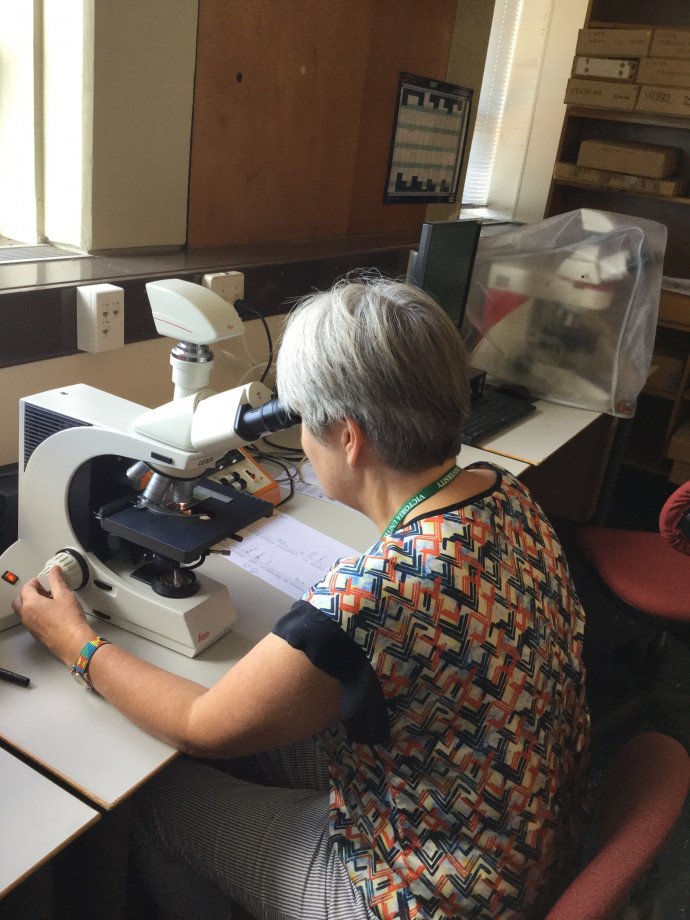Avalon Intermediate School – Rosemary Campbell

2017 | Earthquakes, seismologists and their research methods
School: Avalon Intermediate School
Host: Victoria University of Wellington, Department of Geography, Environment and Earth Science
Region: Wellington
Avalon Intermediate School believes that students at the end of their primary schooling need rich contexts within which they can learn, consolidate and practice their literacy and numeracy skills, as well as further developing the key competencies, particularly participating and contributing, and thinking. Science can provide just such a context, engaging and relevant, especially since students at intermediate school are becoming increasingly interested in the world around them.
Rose has been teaching for almost 14 years at this age level, including holding team and curriculum leadership positions. She has a degree in Zoology, and the opportunity to work with her host, Martha Savage, and others in the Department of Geography, Environment and Earth Science has enabled her to see and experience a broad range of science in action, and to learn about geology and geophysics. Rose has spent time talking with scientists about their work, gaining an understanding of the drive for research and the value of new knowledge and understandings.
Rose has attended first year Earth Sciences lectures and labs, learning about earth systems and how they interact with each other. She has learned about the dynamics of water and atmopshere, and why increased atmospheric levels of CO2 lead to elevated sea and air temperatures. She has looked at local landscapes and geology, including measuring sand dunes at Paraparaumu and striding out the Wellington fault in California Park. She has learned about earthquakes: how they behave and how they are measured. Rose has come to see how much maths is used in measuring or analysing any aspect of earth sciences, and how important it is for students to have a strong grasp of basic arithmetic concepts.
Rose was lucky to get out into the field on several occasions to see science in action. A highlight was to visit the Kekerengu area, and see first hand the effect of the earthquakes of November 2016. In the field, she learned that the first thing earth scientists do is look around, noticing both big landscape features as well as fine detail in the rocks. She measured rocks using compasses and tape measures, and measured gravity, magnetism, seismics and resistivity of the underground rocks using an array of sophisticated equipment. Alongside students from around the country, Rose spent three days at a workshop on Trace Fossils led by a visiting expert from Argentina. She drove to Rotorua with three post-graduate students who were working in the geothermal area, and she joined them when they shared their research findings with a local energy company. Collaboration was visible in the many international scientists visiting the department, sharing their findings and welcoming discussion and questioning. Communication was visible in the many posters and scientific journals which were proudly displayed. Reaching into the community was evident when the Outreach Committee had a presence at a local Science Festival, and Rose helped out on the day. All this was evidence of the way science works, and how scientists work.
Rose would like to thank Professors Martha Savage and John Townend for hosting her so generously, the Royal Society Te Apārangi for their support in organising her placement at Victoria University, and Avalon Intermediate for their willingness to give her the time and space to go on this amazing journey. She is looking forward to getting back to school and using her new insights when working alongside her colleagues, students and community.
